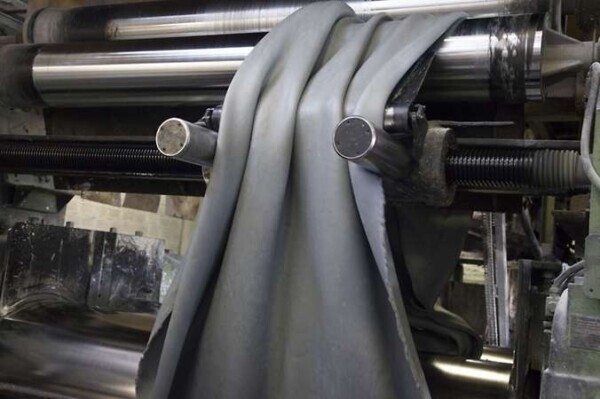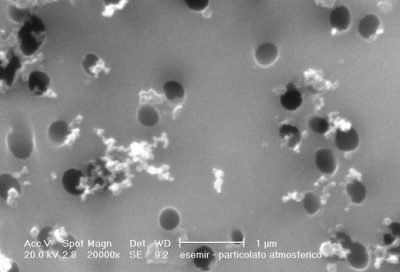Air pollution systems for rubber, plastic and thermosets industrial production
Rubber and plastics industry is extremely branched. Discover with us the most common pollutants produced and the technologies to treat them!
Premise
The rubber and plastics industry is extremely vast and branched. The first aspect to consider is related to the materials involved (polymers, additives, pigments, …). The second is that the assets and technologies installed by companies belonging to this field of production. The third profile is related to products manufactured, which can be:
- Semi-finished solid
- Fibers and fabrics
- Finished products
Typical production cycles
The machining cycles performed typically, with some simplification, the different phases, among which:
- Preparation of the polymer processing, or chewing
- Mix
- Forming
- Transformation:
- Vulcanization and post-vulcanization to elastomers
- Extrusion or calendering for plates, tubes and profiles
- For casting elastomers or polymers of generous size
- Compression molding and sintering (for polymers and / or thermosetting)
- Injection molding (polymers, elastomers)
- Thermoforming

Complementary production cycles
- Preparation of rubber compounds, latex and other elastomers in closed and open mills
- Grinding waste
- Washing of pieces
- Washing of molds
- Welding of parts of artifacts and flexible films, without the use of solvent
- Densification of flexible plastic material
- Plastic coating metal objects, and other hot work operations
It is easy to understand how, during the production operations which often take place at high transition temperatures, are involved chemical agents of various nature. These compounds can be add both with reagent to raw materials, during for the production cycle or simply exhaled by chemical reactions. Among the additives, we can mention:
- Reagent of raw materials:
- strengthening and plasticizers (mineral and chemical)
- stabilizers (UV, oxidation, heat, etc ..)
- lubricants
- pigment
- blowing agents (cellular polymers)
- Process reagents:
- polymerizing
- accelerators
- inhibitors
- slip and anti-adhesive
Emissions found during production cycles

The types of emissions that we can detect at the manufacturing cycles described are varied in nature. In general we can mention the following polluting species:
- Particulate type, resulting from the dispersion of the raw material or the additives in use in the queue to the processing operations, at the time of dosing, transport or compound.
- Vapour and oil smoke (commonly called oil mist), and in consequence of hot transformation (for example, output from post vulcanization / molding rubber ovens).
- VOCs as a result of the high temperature polymerization reactions.
- Aldehydes, monomers and the pyrolysis vapors (TAR).
Emission treatment technologies
In general, the emission from cited work phases must be captured and conveyed in order to reduce the load of pollutants in the indoor air keeping it safe. Subsequently, in the case where it is not possible to observe the limit values set by the authorities, must be installed suitable abatement systems.
In order to propose the best solution for your business, Tecnosida® bases its design on a proper site survey and analysis and study of the as-is situation. This procedure allows to define an optimum sizing of the suction line and of any subsequent treatment systems.
According to pollutants, Tecnosida® can avail of the following equipment, calibrated on your production process:
- Range of hoods, suitable to minimize the amount of pollutants that enters in the working sites.
- Dust Collectors such as bag filters or, in the least problematic cases, panel filters. These devices are capable of reducing the concentrations of outgoing dust from the stack (or to the next stage of treatment).
- Coalescing filters, for the separation of oily mists found in the fumes that are picked up at the extrusion lines and polymerization.
- Activated carbon filters for the treatment of solvents or of Volatile Organic Compounds (VOC).
- Scrubber in case of acid gas produced at high temperature
- Thermal oxidizer in case of high concentration of VOC
Follow our blog for more information!